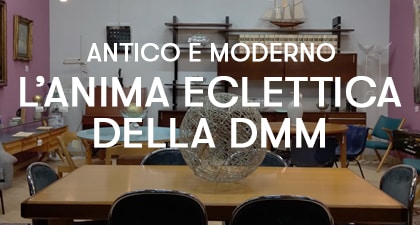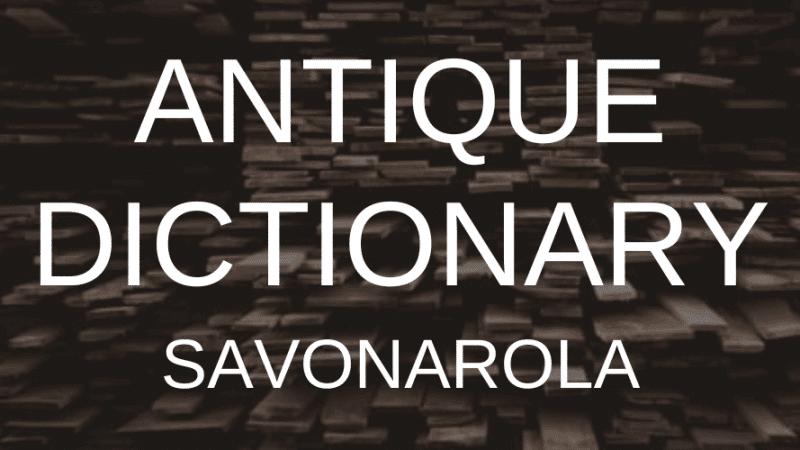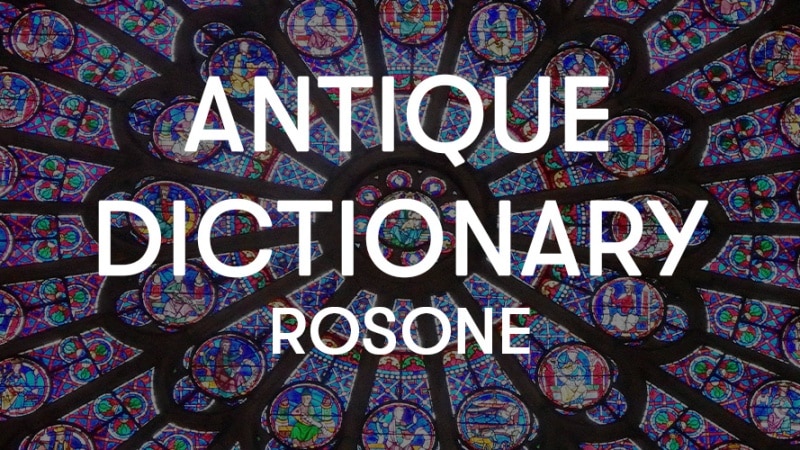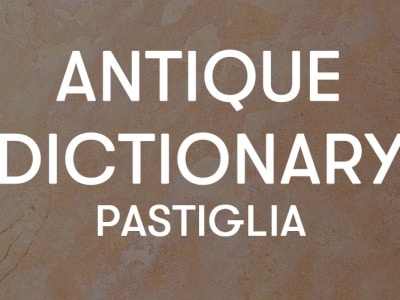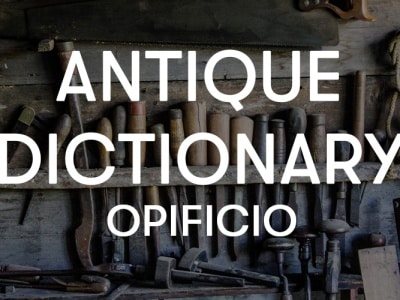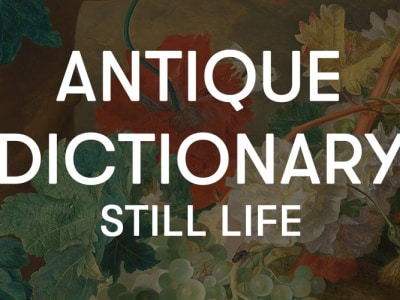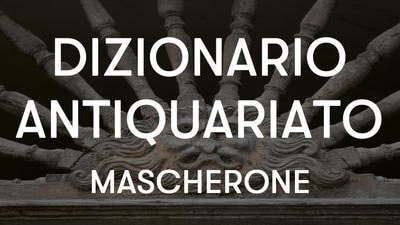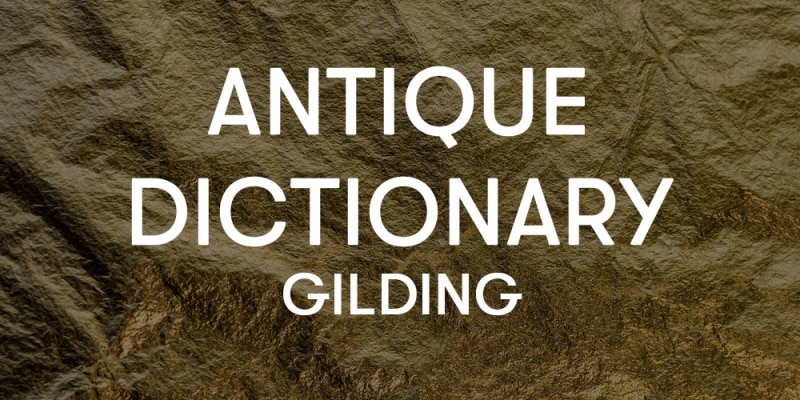
Today’s word is: gilding. Let’s find out what it is and what are the best techniques to get a perfect browning.
What is gilding?
Gilding is an ornamental decoration technique. Since ancient times it was used to gild objects of less noble metal, architectural structures of marble or wood, whole furniture or part of these.
How do you do it?
Over the centuries different techniques have developed to gild objects. Let’s try to list the most used to give you a general overview.
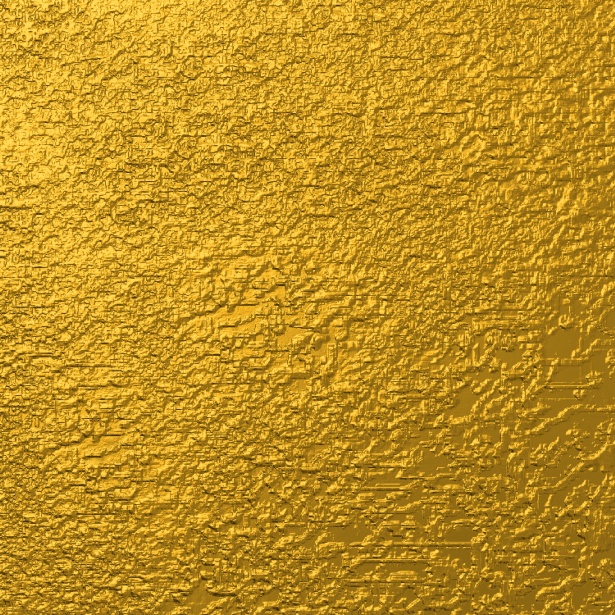
The oldest is the “plate gilding”. This consists in welding, thanks to heat or mechanical pressure, thin gold sheets to the surface to be gilded.
Around 2700 BC a less expensive technique was introduced: “leaf gilding”. Already from the name you can understand that gold leaves were used (very thin foils) and were applied with two different types of glue. The choice was conditioned by the times, places and type of object to be gilded. The “leaf gilding” was much appreciated and for this reason it spread very quickly. It was not only used to decorate furniture but also to gild the bottom of painters’ tables (the famous gold backgrounds).
Another ancient technique of gilding is the “cold” one; Rags soaked in gold solutions in white spirit are burned and rubbed on the object to be gilded.
Since ancient times, “fire gilding” has also been used. It is mainly used for metal surfaces; The object is covered with an amalgam of gold and mercury (or another metal) and thanks to the heat it evaporates everything that is not gold.
All this information has come to us thanks to the work of Cennino Cennini, Pliny and Vasari.
The gilding of furniture and frames
We decided to dedicate a little in-depth analysis on the gilding of furniture and frames as it interests us more closely.
Gilding of wooden surfaces already begins to be practiced in the Middle Ages. In Italy it began to be used in the Gothic period and reached its peak in the Baroque. In France, however, the first gilded furniture dates back to the style of Louis XIV and continues until the reign of Louis XVI.
The gilding of the furniture is performed by applying a very thin gold leaf. This can be attacked with two different techniques: “oil” and “water”. The two are distinguished in the preparation of the surface to be browned. In the “oil” technique, an oil-based white is used, while in the “water” technique a gypsum-based one.
The “oil” technique was overall simpler but could only be polished with a cloth and did not allow burnishing (which could be done with the “water” technique ).
To create reflections on the surface of the furniture some parts could be browned or left opaque.
An example
Today to better explain this decoration technique we decided to show you more objects in our antique warehouse.
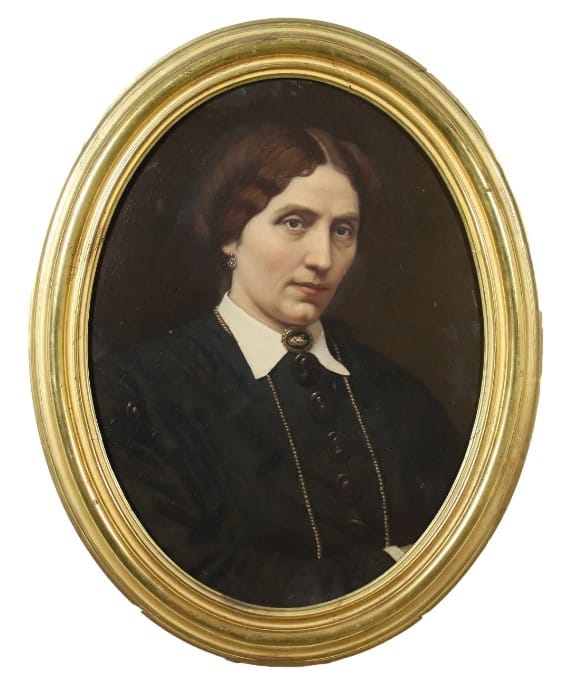
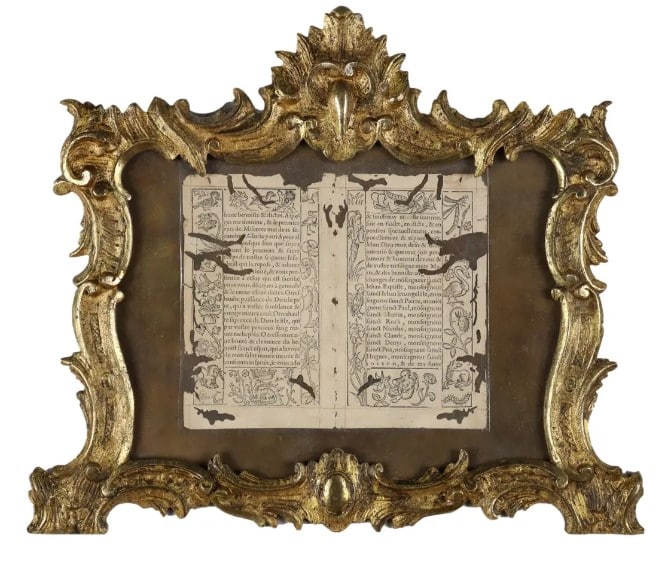
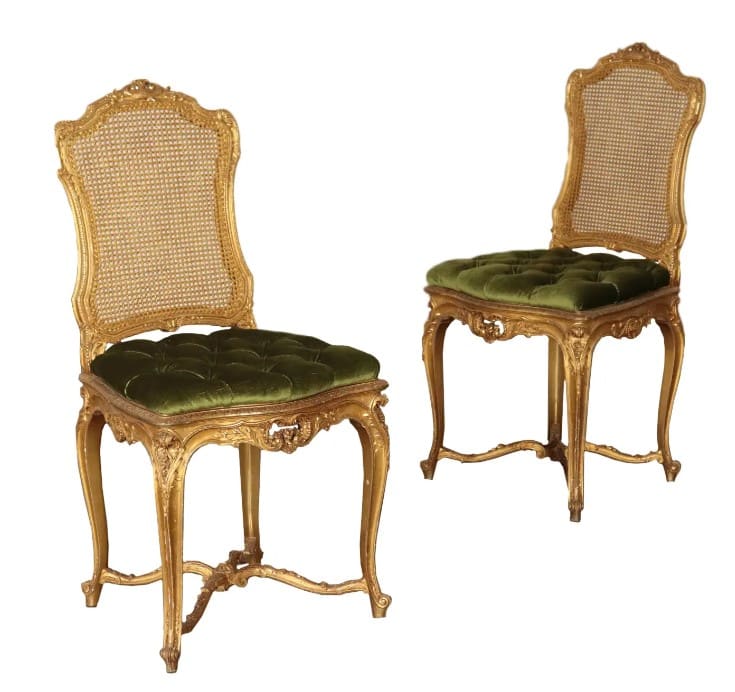
The first is a female portrait presented in a contemporary gilded frame. The second is a gilded bronze cartagloria and, finally, a pair of Rococo style chairs that feature a double glossy and matte gilding.
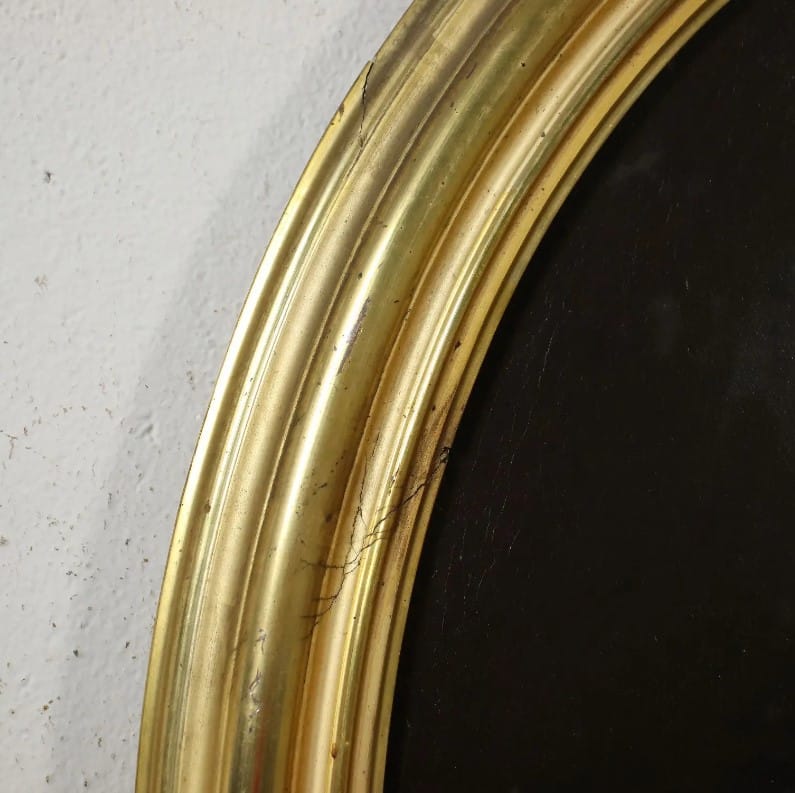
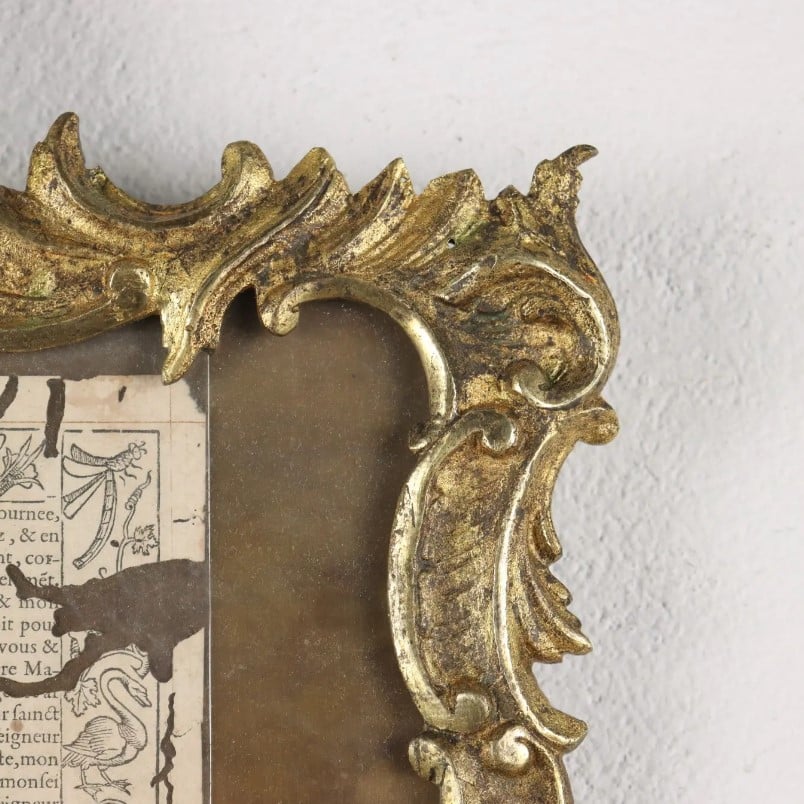
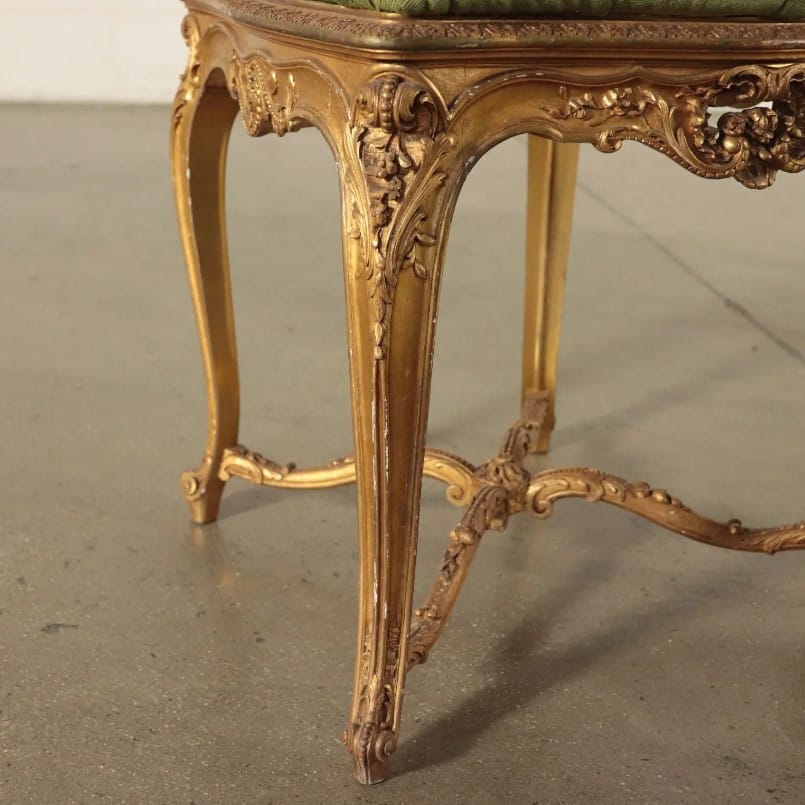
If you want to discover all the other golden antique objects in our warehouse, you just have to come and visit us. We are waiting for you!


